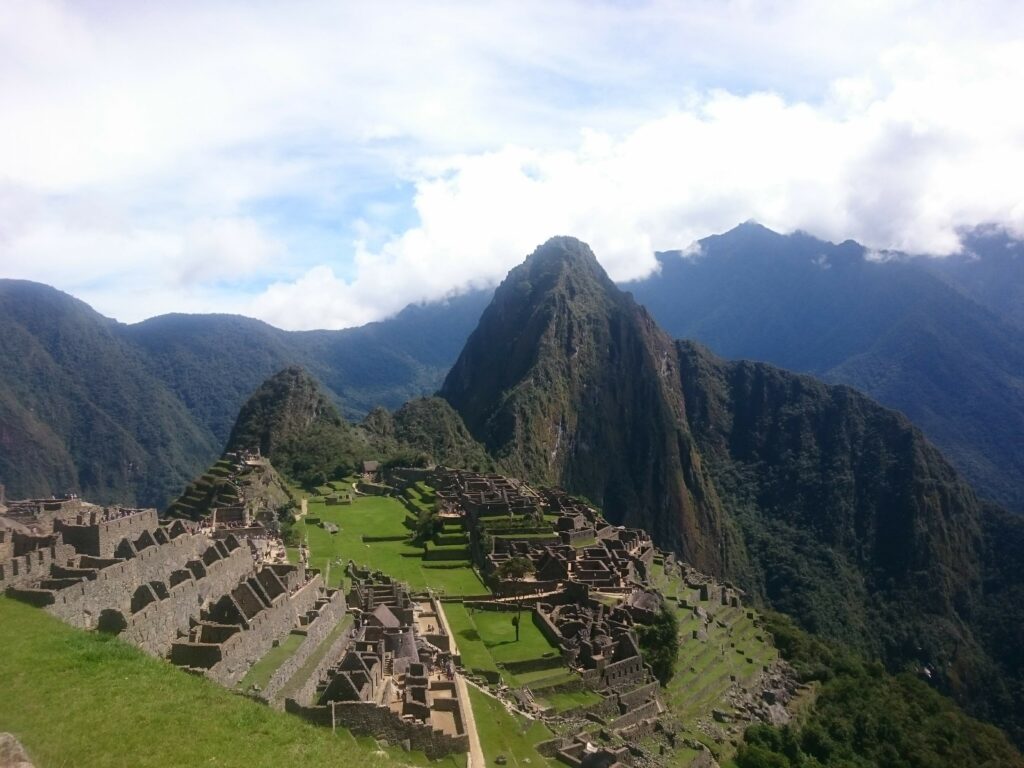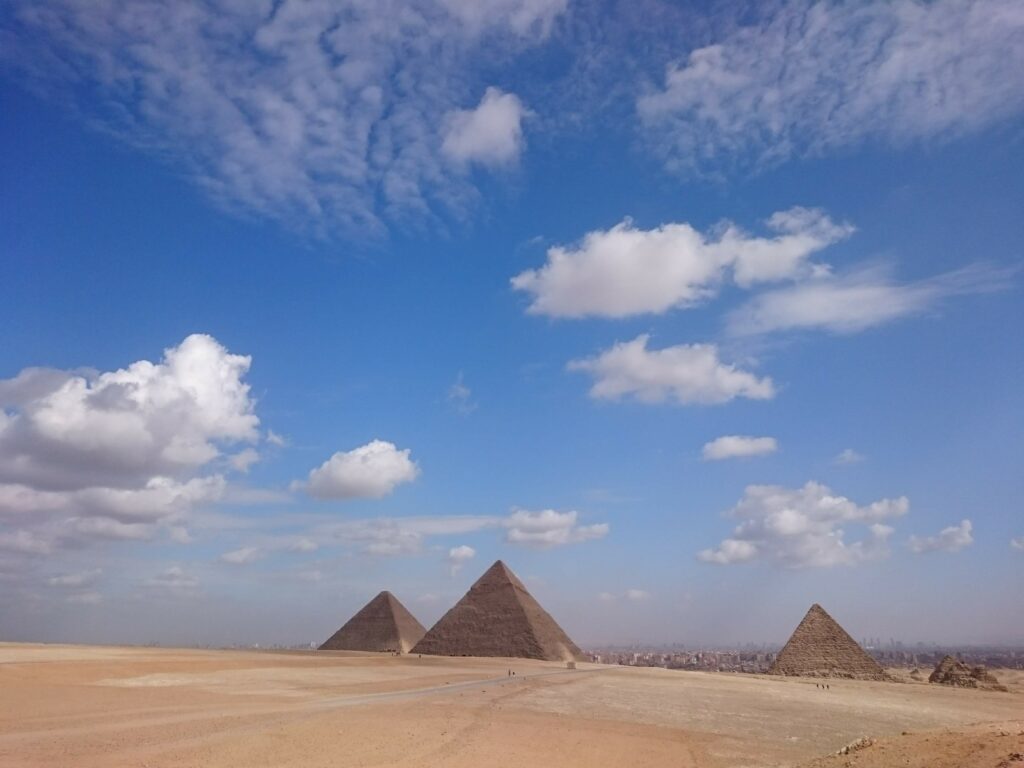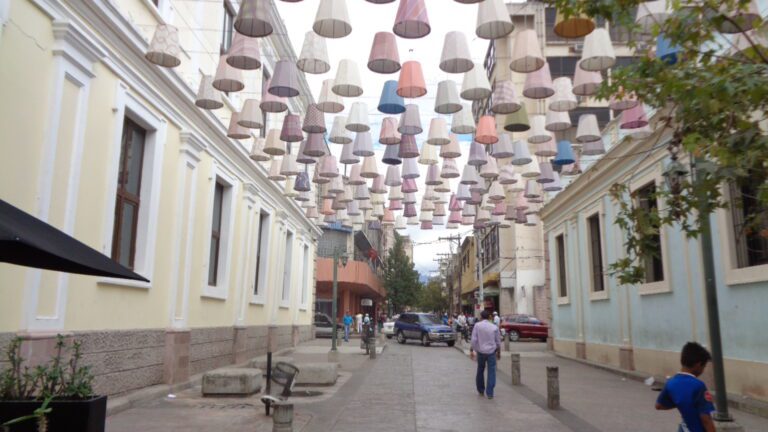
Tegucigalpa, the capital and largest city of Honduras, is a place of stark contrasts – a blend of rich history, vibrant culture, and the underlying tension of urban life. My recent trip to this 400-year-old mining center was an eye-opening experience, filled with encounters that highlighted both the beauty and the challenges of this Central American city.
Arrival and First Impressions
As I arrived in Tegucigalpa, I was immediately struck by the city’s unique topography. Nestled in the mountains, the city’s landscape is a mix of steep hills and bustling streets. However, it was not the scenery that left the most lasting impression, but the palpable sense of fear that hung in the air.
“It smelt fear there,” I recall thinking as I observed the locals hurrying home as evening approached. There was an undeclared curfew, a silent understanding that once the sun began to set, it was time to seek the safety of one’s home. This fear was something I had never seen before, and it was a stark reminder of the city’s struggles with safety and security.
Exploring Tegucigalpa’s Landmarks
Despite the evening curfew, Tegucigalpa is a city that offers a wealth of attractions to explore during the day. One of the first places I visited was the Parque Central, the heart of the city’s historic center. This vibrant square is home to the iconic Francisco Morazan statue and is a hub for various events and activities. The park is surrounded by several important landmarks, including the Catedral de San Miguel, a beautiful Baroque-style cathedral that has been restored multiple times due to fire and other damages.
Another significant religious site is the Basilica de Suyapa, dedicated to the Virgin of Suyapa. This grand basilica, with its Gothic architecture and intricate stained glass windows, is a major pilgrimage site for thousands of Hondurans and Central Americans. The basilica’s history and the veneration of the Virgin of Suyapa make it a must-visit for anyone interested in the religious and cultural heritage of Honduras[3][8].
For those interested in history and architecture, the Castillo Belluci, or the Open Air Museum, is a fascinating site. Although it operates on limited hours, this castle-like mansion, once owned by Italians and later abandoned, offers a glimpse into the city’s complex past[1].
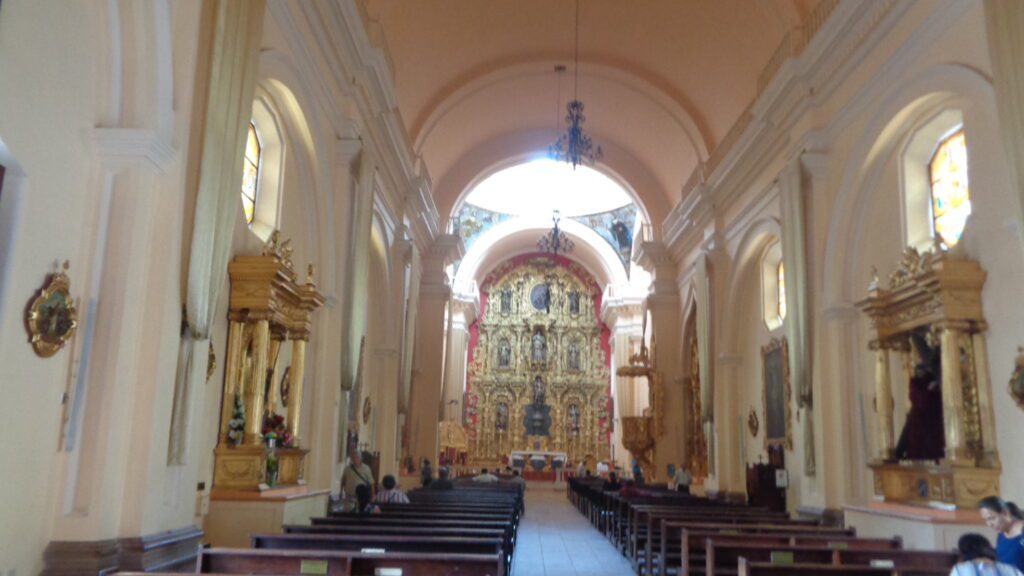

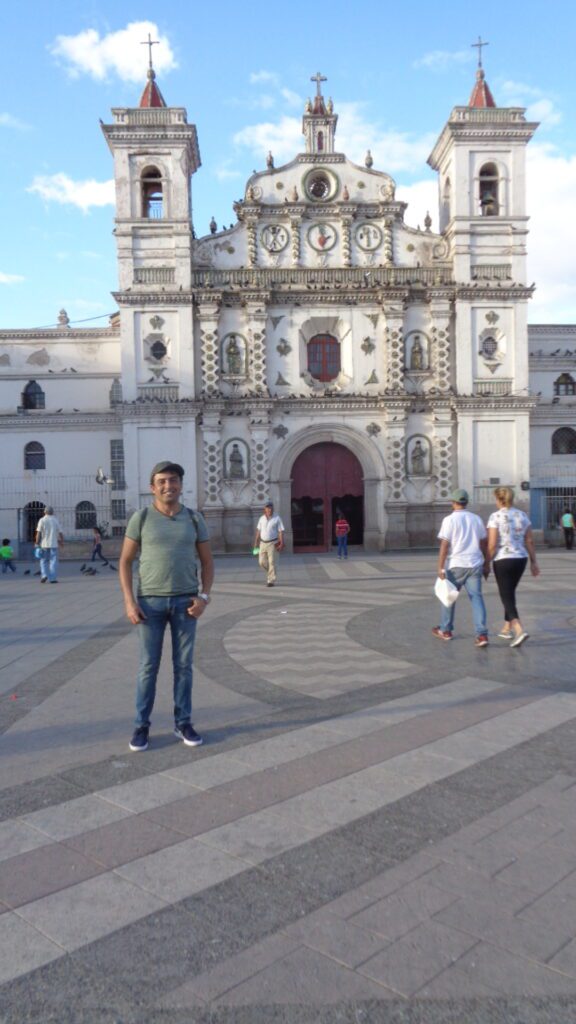

El Picacho Park and the Christ Statue
One of the highlights of my trip was a visit to El Picacho Park, located on a hill overlooking the city. To get there, I took the rapidito bus from the central park area, a journey that took about 15 to 20 minutes. The park is not only a beautiful spot with a zoo and mountainside parkland but also home to a massive statue of Christ, unveiled in 1997. This statue, standing over 1310 meters above sea level, is a prominent landmark visible from many parts of the city.
Museums and Cultural Centers
Tegucigalpa is also home to several museums and cultural centers that provide insights into the city’s history and art. The Museo para la Identidad Nacional (MIN), located on the pedestrian-only Calle Peatonal, is a significant attraction. This museum, designed by Alejandro Arrigui and Dino Rietti, is dedicated to the national identity of Honduras and features a wide range of exhibits that highlight the country’s cultural and historical heritage.
For art enthusiasts, the Centro de Arte y Cultura, operated by the Universidad Nacional Autonoma de Honduras, is a must-visit. This art gallery specializes in contemporary art and sculpture, offering a unique perspective on modern Honduran art.
Traditional Honduran Cuisine
No trip to Tegucigalpa would be complete without sampling the local cuisine. Honduran food is a rich fusion of Mesoamerican, Spanish, Caribbean, and African influences, and Tegucigalpa offers a plethora of traditional dishes to try.
One of the most popular and beloved street foods is the baleada, a thick, soft wheat tortilla filled with refried beans, cheese, and often additional ingredients like avocado, eggs, or meat. I had the opportunity to try baleadas at several local eateries and was impressed by their simplicity and flavor.
Another dish that stood out was sopa de caracol, a traditional soup made with conch, coconut milk, and a variety of spices. This flavorful and spicy soup is a staple in Honduran cuisine and is often served with corn tortillas. I also enjoyed carne asada, grilled meat typically served with rice, beans, and plantains, and tapado olanchano, a seafood dish from the northern region of Honduras, made with coconut milk, plantains, and various vegetables.
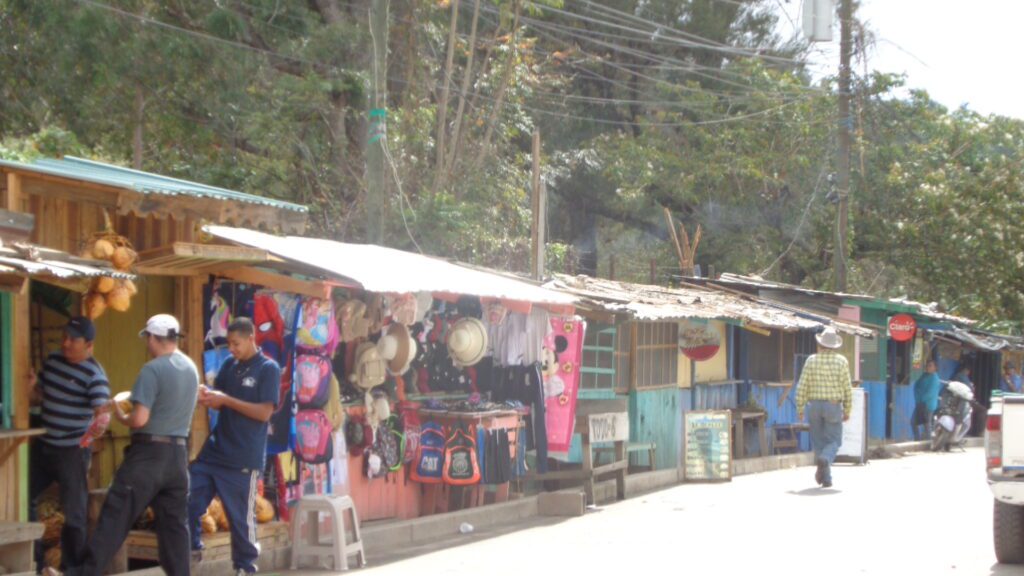

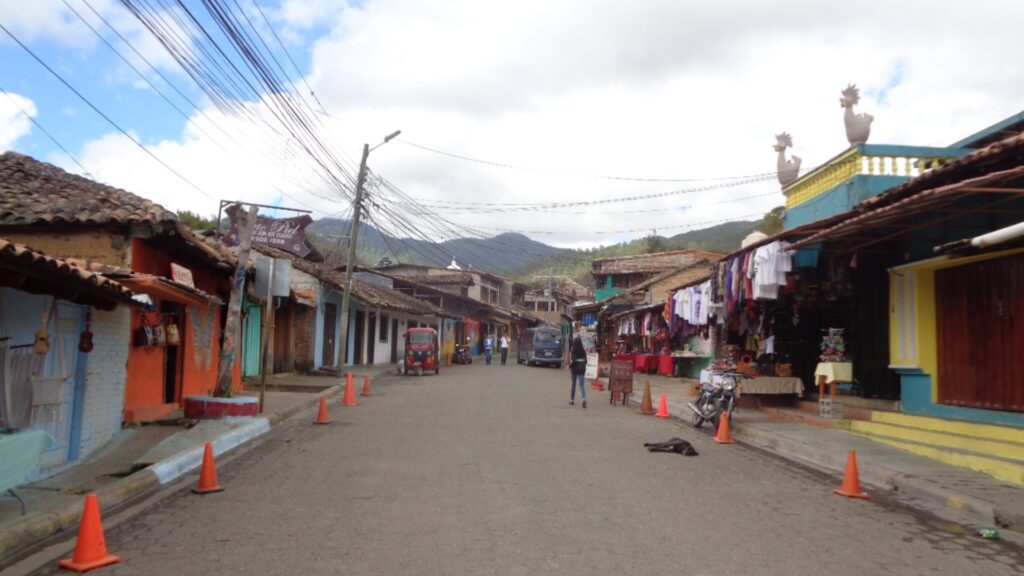

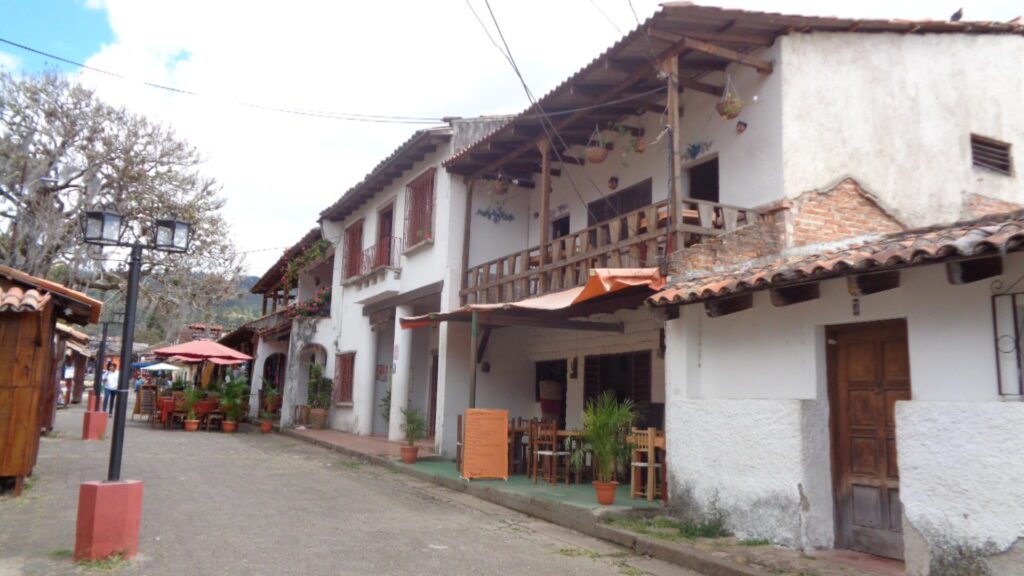

Day Trip to Valle de Angeles
One of the most memorable parts of my trip was a day trip to Valle de Angeles, a charming village located just a short drive from Tegucigalpa. This half-day tour allowed me to experience the tranquility and beauty of this mountain town.
Valle de Angeles is known for its historic church and peaceful plaza, as well as its numerous souvenir shops offering a wide range of local handicrafts. The village’s history dates back to the colonial period, and it was once an important mining center for the Spanish Crown. The XVI century church in the village still features a figure of Christ donated by the Spanish Crown in 1574.
Just a few minutes from Valle de Angeles lies the village of San Juancito, where the New York and Honduras Rosario Mining Co. operated from 1880 to 1954. This area provided a glimpse into the region’s mining history and the impact it had on the local communities.
Safety and Precautions
While Tegucigalpa has much to offer, it is crucial to be aware of the safety concerns. Street crime is a serious issue, and visitors should take common-sense precautions to stay safe. Avoiding travel at night and staying in well-lit, populated areas can significantly reduce the risk of encountering problems.
Final words
Tegucigalpa, with its complex mix of history, culture, and modern challenges, is a city that leaves a lasting impression. From the stunning architecture of the Basilica de Suyapa to the vibrant flavors of traditional Honduran cuisine, there is much to explore and discover.
Despite the fear and safety concerns that permeate the city, Tegucigalpa remains a place of beauty and resilience. The people, the landmarks, and the cuisine all contribute to a unique and enriching experience that makes this city a worthwhile destination for any traveler.
If you are considering a trip to Tegucigalpa, be prepared for an adventure that will challenge your perceptions and reward your curiosity. With its rich history, cultural attractions, and delicious food, Tegucigalpa is a city that will stay with you long after you leave.

